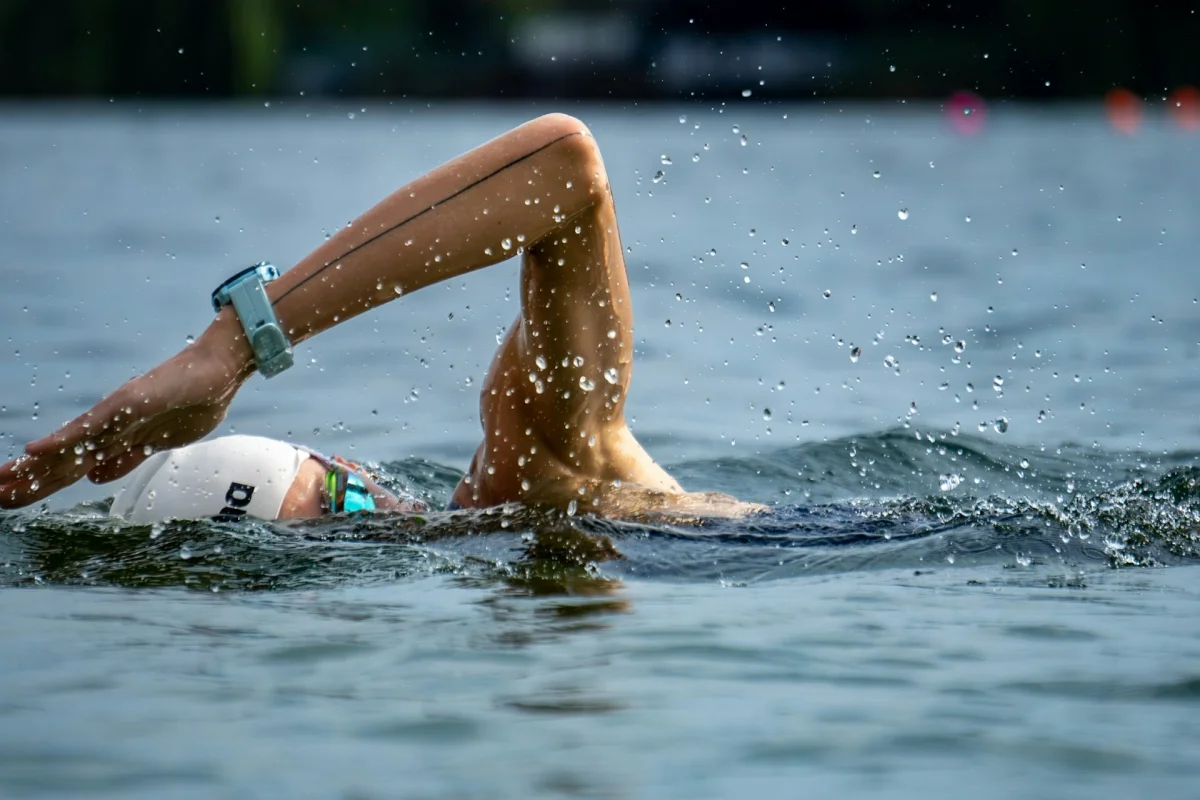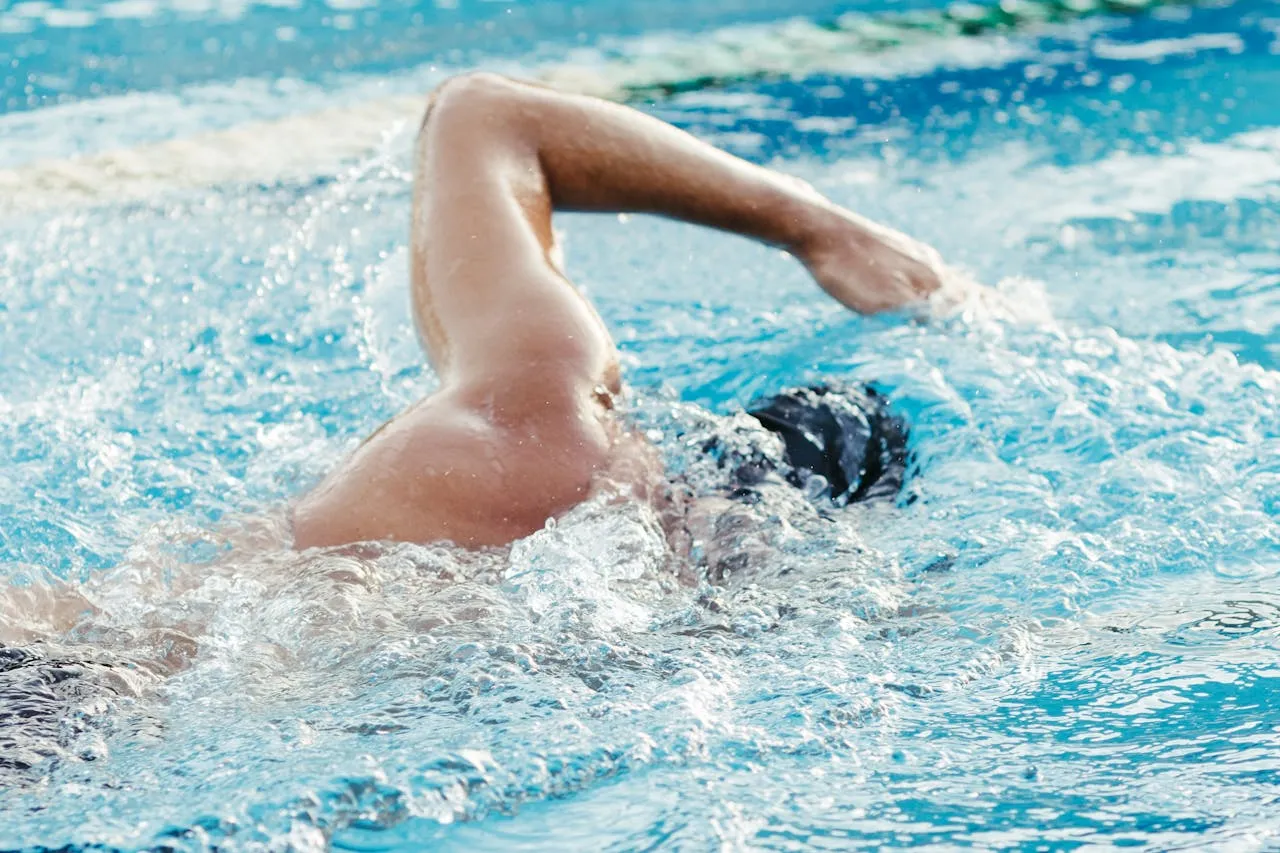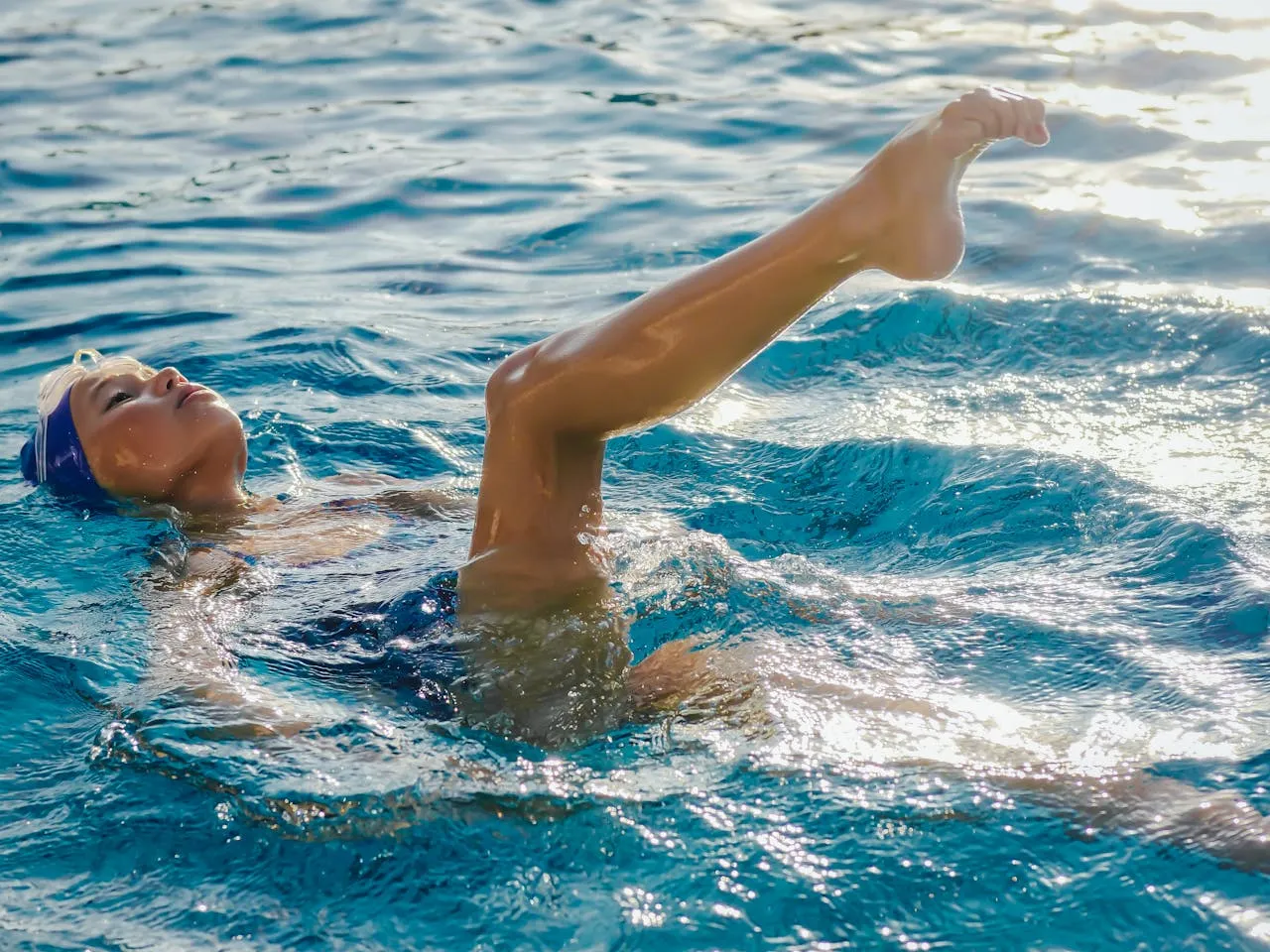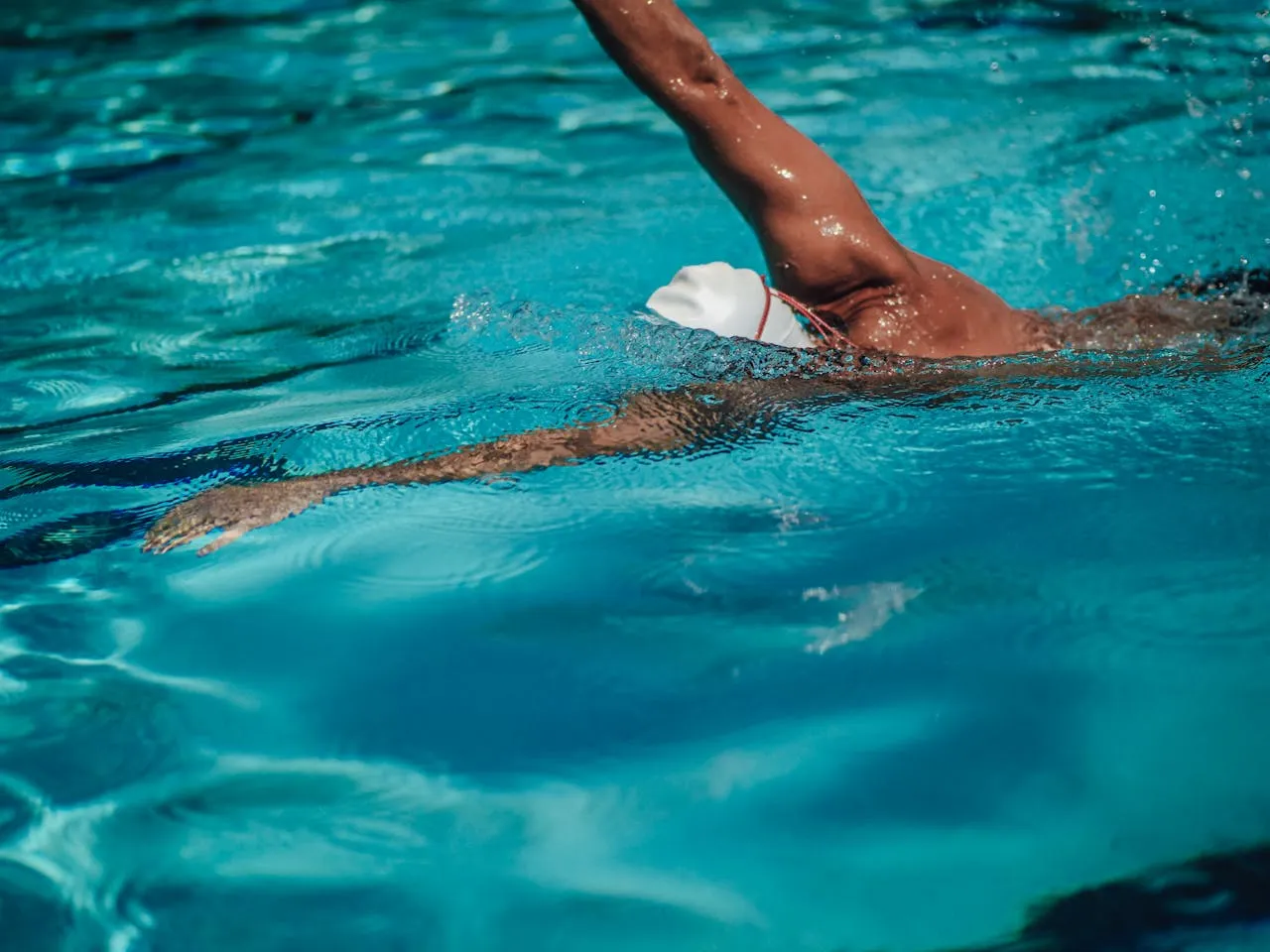 Friday, August 15, 2025
Friday, August 15, 2025Swimming as the ultimate full-body and cardio workout in the fitness sector
Swimming is often considered a "forgotten" exercise in the fitness arena, despite being one of the most effective sports overall. While many rely on treadmills, ellipticals, or bikes at the gym, swimming offers a unique blend of endurance, muscle training, joint protection, and mental relaxation.

Why Swimming is So Effective in Fitness
Swimming combines several advantages that other sports often do not cover so comprehensively:
- Full-Body Workout: Every swimming stroke engages arms, shoulders, back, core, glutes, and legs.
- Cardio Boost: Swimming revs up the cardiovascular system. Underwater breathing challenges the body further as oxygen intake must be controlled.
- Joint-Friendly: Water reduces stress on joints and bones by up to 90%. This makes swimming ideal for overweight athletes, rehabilitation patients, or those with joint issues.
- Calorie Burner: Depending on intensity and style, 400 to 800 calories can be burned per hour.
- Mental Impact: Immersion in water reduces stress, is almost meditative, and enhances well-being.

Swimming as a Cardio Substitute or Addition
Many view swimming merely as a summer or leisure activity, yet it can just as easily be a staple in a fitness plan:
- Alternative to Treadmills: A joint-friendly endurance method for those with knee or back problems.
- Perfect Addition to Strength Training: Supports recovery, loosens muscles, and enhances circulation.
- Interval Training in Water: Lap sprints or technique drills make swimming as intense as HIIT.

Various Swimming Styles and Their Training Effects
- Freestyle (Crawl): Most effective for cardiovascular health, engaging back, shoulders, and legs.
- Breaststroke: A classic style, excellent for endurance, strengthening chest and leg muscles.
- Backstroke: Joint-friendly, promotes posture and back muscles.
- Butterfly: The most demanding style, highest calorie burn, suited for advanced swimmers only.

Calorie Consumption While Swimming (approx. per hour, 70–75 kg body weight)
| Swimming Style | Moderate Intensity | High Intensity |
|---|---|---|
| Breaststroke | 400–500 kcal | 600–700 kcal |
| Freestyle (Crawl) | 500–600 kcal | 700–800 kcal |
| Backstroke | 400–500 kcal | 600–700 kcal |
| Butterfly | 600–700 kcal | 800–1000 kcal |
(Values are averages and vary depending on body weight, technique, and pace.)

Tips for Incorporating Swimming in Your Fitness Plan
- Include Regularly: 2–3 sessions per week of 30–60 minutes.
- Start with a Warm-up: Swim a few easy laps before increasing intensity.
- Vary the Routine: Mix styles, incorporate intervals, practice technique.
- Combine Workouts: Best combined with strength training or running.

Conclusion
Swimming is a true power workout: it strengthens muscles, boosts endurance, is gentle on joints, and burns a significant number of calories. For anyone seeking a versatile exercise that enhances both physical and mental strength, swimming should definitely be a central part of their plan.


